The Best Way to Dry Firewood Quickly
If you’re a homeowner who uses firewood as a primary source of heat during the cold winter months, you know how important it is to have dry firewood. Wet or green firewood can be difficult to light and won’t burn efficiently, leading to more smoke and less warmth. But how do you dry firewood quickly? In this article, we’ll explore the best ways to dry firewood fast so that you can have access to quality firewood anytime you’d like! Remember, wet firewood is bad, dry firewood is good!
Why Is It Important To Dry Firewood?
Before we dive into the best ways to dry firewood quickly, let’s first discuss why it’s important to do so. As mentioned earlier, wet or green firewood doesn’t burn efficiently. This means that not only will it create more smoke than necessary, but it also won’t produce as much heat as dry wood can. Burning wet wood can lead to a buildup of creosote in your chimney or stove pipe which can lead to chimney fires.
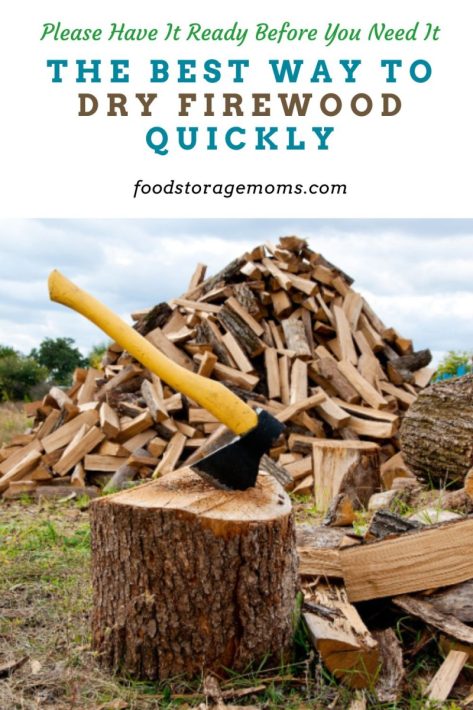
What is Seasoning Firewood?
Do you have unseasoned firewood? Seasoning firewood is the process of drying out freshly cut wood before it’s burned. When wood is first cut, it contains a lot of moisture that needs to be removed in order for it to burn efficiently and safely. As mentioned, burning wet or green firewood, will produce a lot of smoke and create more creosote buildup in your chimney or stove pipe, possibly causing fires.
To season firewood, it’s recommended that you split the wood into small pieces rather than logs, and stack them in a dry, covered area with good airflow. Try to stack firewood so the split wood is stacked loosely so that air can circulate around each piece. It’s also important to keep the wood off the ground by using pallets or other supports like a wood rack.
We all know that a small piece of firewood can be ignited more easily. It isn’t practical to cut and store firewood for seasoning as small as kindling. You can cut some of the split wood into kindling right before you put it in your fireplace.
6 Months to Season
The amount of time it takes for firewood to properly season depends on several factors including the type of wood, the size of the pieces, and the climate where you live. In general, hardwoods take longer to season than softwoods because they are denser and may contain more moisture. It’s recommended that you allow your firewood to “season” for at least 6 months before burning it.
To test whether your firewood is properly seasoned, look for cracks on the ends of the logs and check the weight. Seasoned firewood will feel lighter than unseasoned wood. Some people will invest in a moisture meter to test for dryness, I’ve never owned one of those.
By properly seasoning your firewood, you’ll be able to enjoy a warm and efficient fire while reducing your risk of chimney fires and other hazards associated with burning wet or green wood. The seasoning process is easier than you thought possible!
Why is it taking so long for my firewood to dry?
As discussed above, the amount of time that it takes for firewood to dry depends on several factors including the type of wood, the size of the pieces, and the environment where they are stored. On average, it takes about 6-12 months for firewood to dry completely if stored properly, so be patient. Be sure you’ve seasoned the wood, have kept it covered or sheltered from rain and snow, and split the wood into reasonably small pieces so they can dry more easily.
The Best Ways To Dry Firewood Quickly
Finding the best place to dry your wood quickly can depend on a number of factors and possible approaches as follows:
Split Your Wood – One of the most effective ways to speed up the drying process is by splitting your wood into smaller pieces. This increases the surface area of each piece and allows more air circulation around them which helps them dry faster.
Store Your Wood in a Covered Area – Storing your wood in a covered area such as a wood shed or under a tarp will protect it from rain or snow which can slow down the drying process.
Use A Dehumidifier – If you live in an area with high humidity levels. If stored inside a confined area, using a dehumidifier near your stacked piles of wood can help remove excess moisture from the air, speeding the process. If this is your first time drying firewood, using a dehumidifier is a GREAT option. How to Prep Your Home for Allergy Season
Other Options:
Build A Drying Rack – Building a drying rack out of pallets or scrap lumber is another effective way to speed up the drying process. By elevating your wood off of the ground and allowing air circulation underneath and around each piece, you’ll be able to dry your wood faster. Drying racks can help get rid of the moisture level in a record amount of time! 17 Ways to Become More Self-Sufficient
Use Solar Power – If you live in an area with plenty of sunlight year-round, consider building a solar kiln for your firewood storage needs. A solar kiln uses energy from the sun to heat and circulates air around your stacked woodpile which helps remove moisture and speed up drying times.
Use A Fan – Using a fan near your stacked woodpile can help increase airflow around each piece which will help them dry faster. If you dry your wood in a shed or even part of your garage, this may be an efficient option.
Buy Pre-Dried Firewood – If you don’t have time or space for drying your own firewood, consider buying pre-dried firewood from a local supplier who has already done all of the hard work for you. Most wood you buy at your local Lowe’s or Home Depot has gone through a kiln drying process, but that wood is pretty expensive just to burn.
What is the best firewood for storage?
First things first, when it comes to firewood storage, some types of wood are better than others. Hardwoods are generally the best choice for firewood storage because they burn hotter and longer than softwoods. Here are some of the best types of hardwoods for firewood storage:
Oak – Oak is one of the most popular types of firewood because it burns hot and slow. It’s also a dense wood which makes it ideal for long-term storage. Birch trees are related to the oak family and also make for good firewood.
Hickory – Hickory is another great option for firewood storage because it’s very dense and burns hot and slow.
Maple – Maple is a hardwood that’s known for its sweet aroma when burned. It also burns hot and slow, making it a good choice for long-term storage. Wood burns so well when it’s maple firewood.
Ash – Ash is a hardwood that’s known for burning very clean with little smoke or sparks. It also burns hot and slow, making it another good choice for long-term storage.
Cherry – Cherry wood has a pleasant aroma when burned and produces a lot of heat. However, it can be difficult to split so make sure you have the right tools on hand if you choose cherry wood for your firewood storage needs. Burning wood smells so good when it’s cherry!
Hardwood versus Softwoods
In general, any type of hardwood will be a good choice for firewood storage as long as it’s properly seasoned (dried) before use. Softwoods like pine can also be used but they tend to burn faster and produce more smoke than hardwoods do. If you’re planning on using softwoods, the best thing is to mix them with hardwoods in your firewood stack to achieve the best results. You are going to get the most heat from wood that has less moisture.
Years ago, Mark and I had a home with a wood-burning stove “insert” in our family room fireplace. Each fall we’d take a Friday night and Saturday camping trip to the mountains to cut wood for the winter. We found pine and aspen trees that were already on the ground and cut them into logs. The wood may have been less efficient than other types, but it was free with our wood-cutting permit.
Can you burn pre-cut firewood?
Yes, you can burn pre-cut firewood. Pre-cut firewood is wood that has already been cut into logs or split into smaller pieces and is ready to be burned. However, it’s important to make sure that the firewood is properly seasoned (dried) before burning.
It’s important to store your pre-cut firewood properly in a covered area to protect it from rain or snow which can slow down the drying process. By ensuring that your pre-cut firewood is properly seasoned and stored, you’ll be able to enjoy a warm and efficient fire all winter long.
Whether you cut your own firewood or purchase pre-cut firewood from others, be sure and check for insects that may be hiding under the bark or bored into the tree. Bringing that wood into your home can create other challenges you won’t want to deal with.
More Tips
If all else fails, you could also put hot rocks to use: 6 Ways to Use Hot Rocks in a Survival Situation…
Final Word
Drying firewood quickly requires some effort on your part. It’s well worth it when you consider how much easier it is to light and burn properly dried wood versus wet or green logs. Whether you choose one method or combine several together, taking steps towards ensuring that your firewood is properly dried will save you time and money in heating costs.
Using firewood can be a good option for keeping your family warm all winter long! Make sure you’re paying attention to the moisture content of your logs, so you can know the best way to dry them! What is a good option you’ve found to dry out damp wood? May God Bless this world, Linda

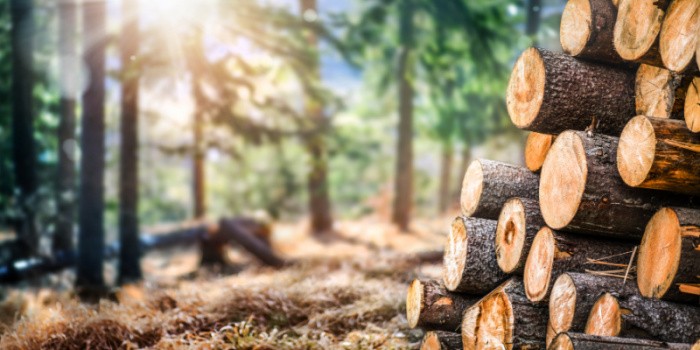

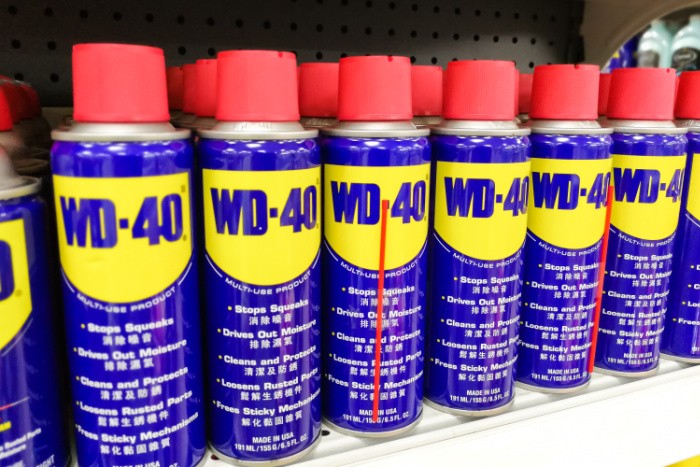
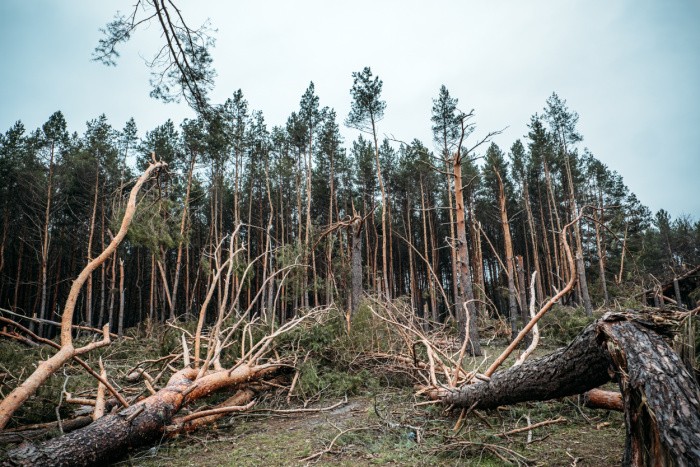


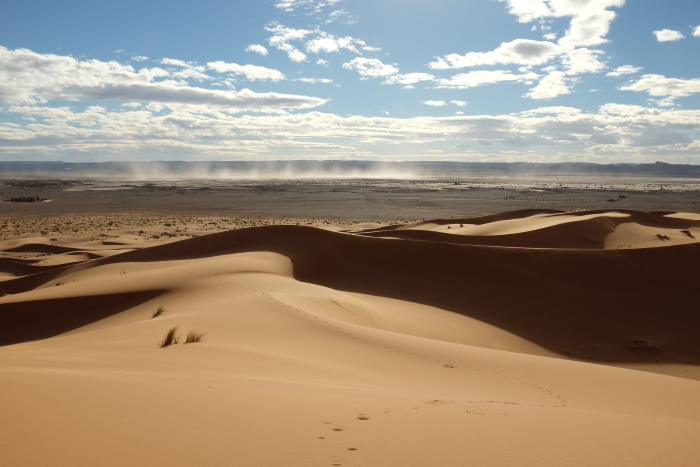








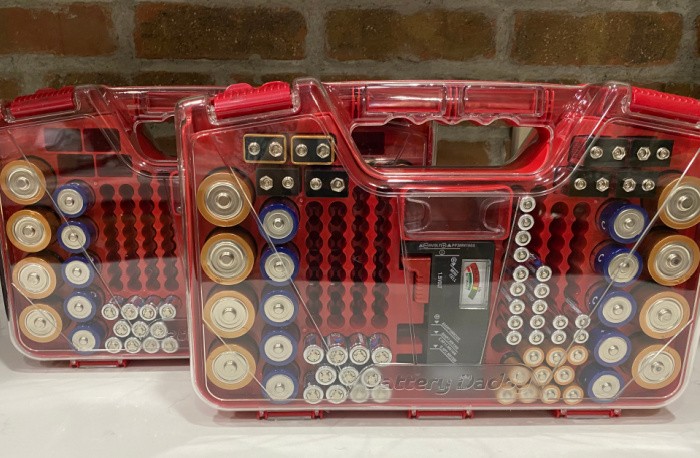


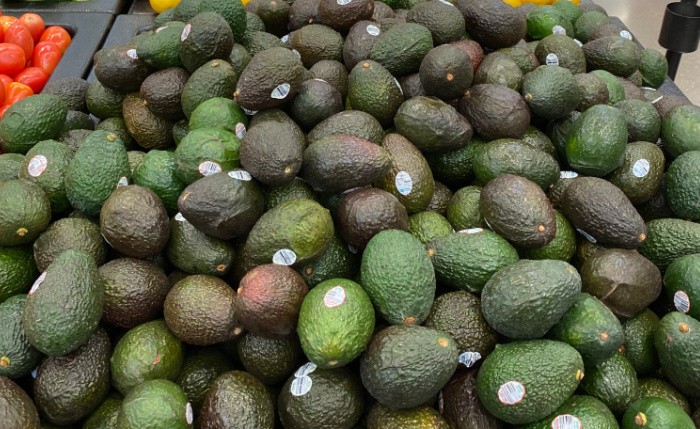
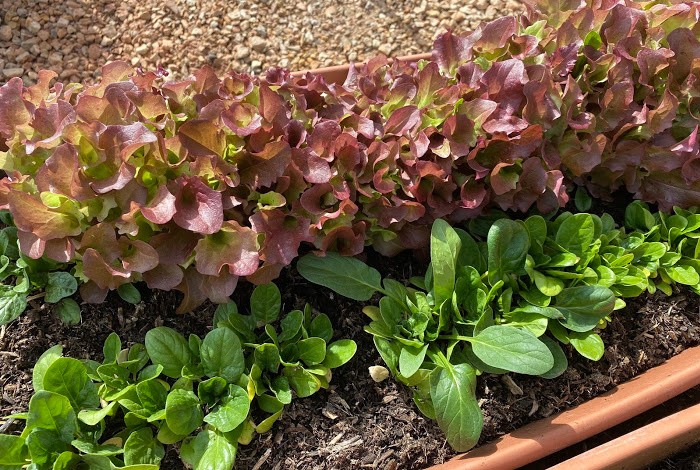

I don’t burn anything less than 3-5yrs old. There is virtually no smoke signature and minimal creosote.
I probably haven’t cut a third of my wood the last three years. People will cut down trees or cleanup storm damage and leave it out for big trash pickup and I’ll relieve them of it gladly.
I’ve also learned to mix woods like locust that burns hot with cottonwood that doesn’t.
I love the smell of pecan and mulberry mixed.
Good suggestion! I wonder how to keep termites away if you store wood 3-5 years?
Hi Barbara, that’s a great question, some neighborhoods have termites. Linda
We don’t normally see termites in it until it starts to rot or go soft. Stack it properly with adequate ventilation and perhaps my chickens help too but dunno ♂️
Smaller pieces go quicker.
Also as a safety precaution it’s not stacked near the house. I haul up a large supply as it turns cold on the porch then haul whatever is left back to stack about this time of year.
The simplest way to prevent termites and other bugs in wood stored long term is to sprinkle a little powdered borax on each layer. A little bit does the trick.
Hi Cecil, oh I love learning this, thank you!!! Linda
Hi Matt, oh that’s right you made mulberry jelly/jam!!!! I LOVE LOVE LOVE a wood store or fireplace. I can almost smell it from here! Thanks for the tip on the 3-5 years. Linda
About protecting firewood from termites. We have a firewood rack that is built on 4X6 pressure treated skids. Those skids are the only thing that touches the ground. That keeps the termites away from the firewood. Has worked well for us for years.
HI Harry, that sounds like a great idea, I like the width of those 4X6 racks. I love hearing no termites! Linda
Every time we want to enjoy a fire, our firewood is wet. I guess firewood is one of those things you have to prep for! LOL
Hi Jess, yeah we have to keep it covered. We all learn this one way or another! Linda
I’ve got a bunch of green branches that fell off my maple trees and I’m going to burn this spring when the weather is nice. I don’t care if they’re ready or not, I’ve got a big yard to care for and need them gone.
Hi Da Bird, I would do the same thing. You are not alone, people are cleaning up trees broken from winter storms and winds. Crazy weather! Linda
Linda,
As a builder in an area that had termites I learned to glue metal drip edging on my concrete foundation (with the drip edge part facing out) before bolting the bottom plates to the foundation. The drip edge kept the termites from reaching the wood.
At our mountain property I laid cinder block down and ran the drip edge around it before piling my firewood on it. Seemed to work pretty well.
Hi Ray, wow, what a great idea! Thanks for sharing that tip! Linda
I cut and sell firewood in the Southern Appalachians , oak, Hickory, sugar maple with a bit of sourwood and ash mixed in as it occurs. Ash and maple dry fastest, Hickory and the white oaks slowest. I split EVERYTHING even rounds of 3″ diameter. Getting that split surface helps a lot with drying. I also split large rounds for maximum surface area. Wider and thinner dries faster. I fell trees in Feb and March to process the following September. ( a year and a half later) I start a pile with old pallets on the ground at the processing area toss the splits in a random domed pile to allow airflow and sun exposure. Tarp the pile before rain or snow and uncover in dry weather. I sell “seasoned not dry” wood from the processing pile at a lower price with the advice to stack in the dry til the following heating season. For “seasoned dry” ready to burn wood I charge $20 a cord more and that wood will be the previous years seasoned wood that’s been stacked in a shed for a year. So 2.5 years from being felled to sold as “dry”
Hi Cecil, thanks for sharing your expertise in dry wood! I love this kind of stuff. If I lived closer I would get your address and come and pick some up. Thank you, Linda